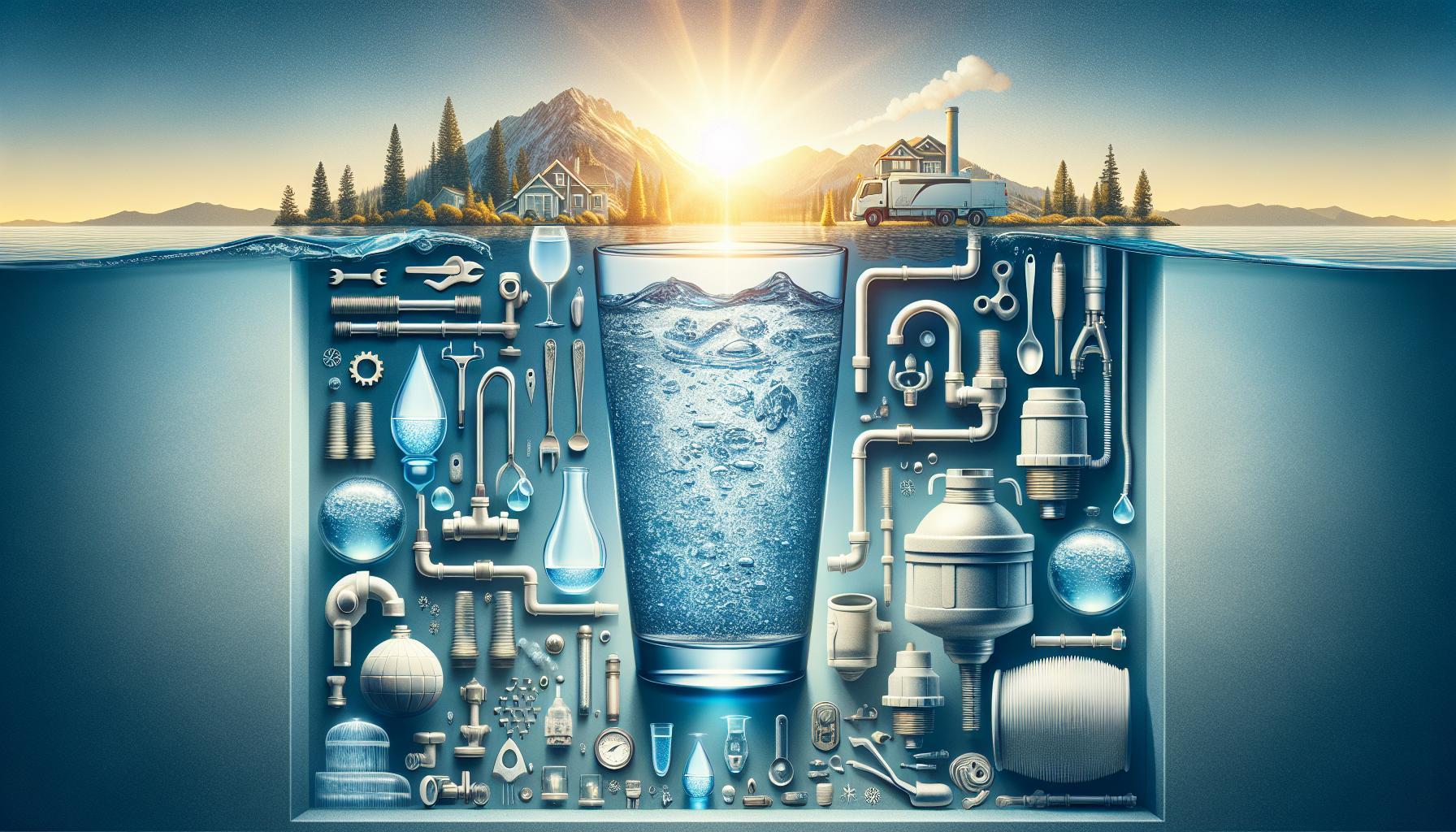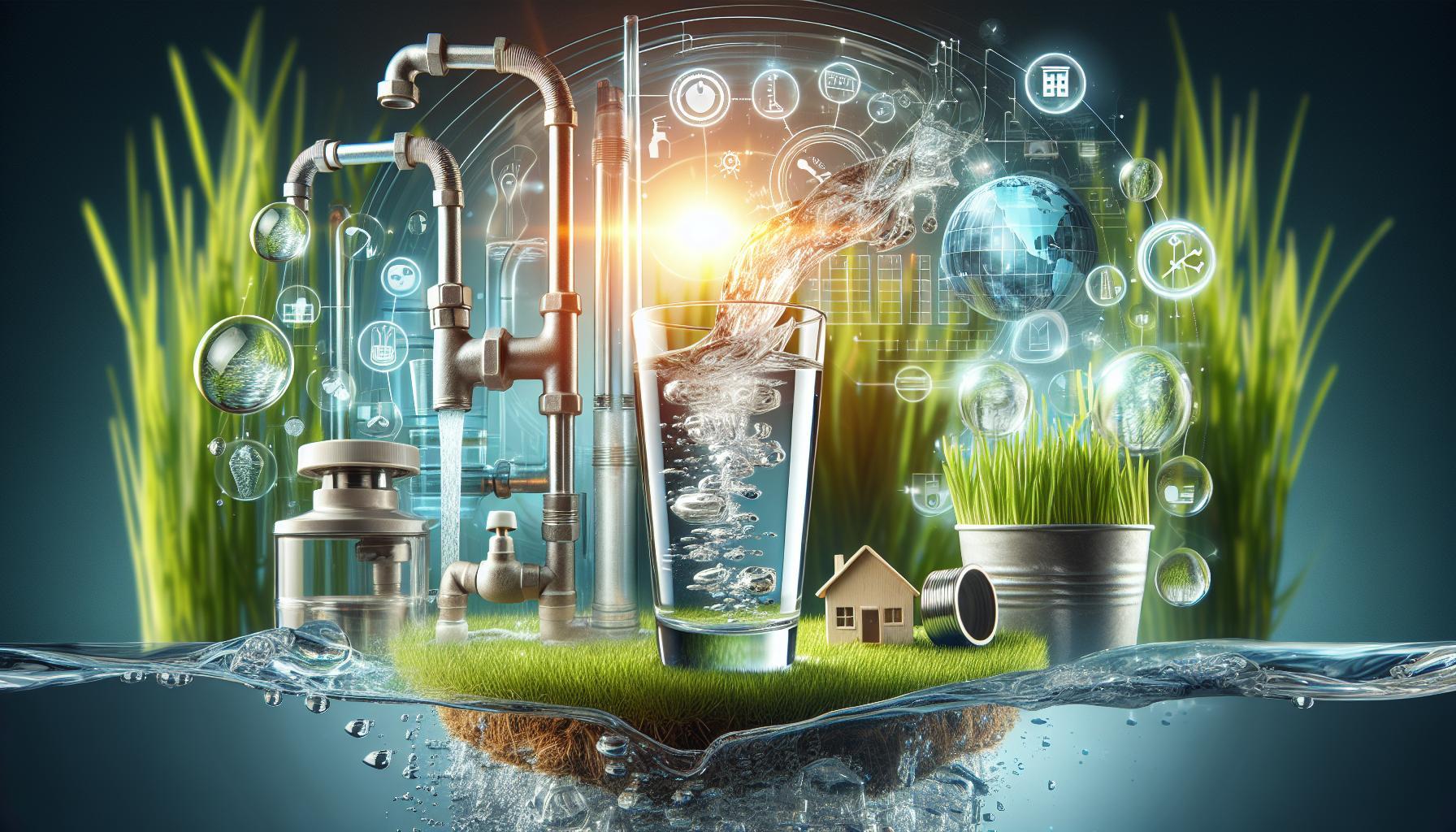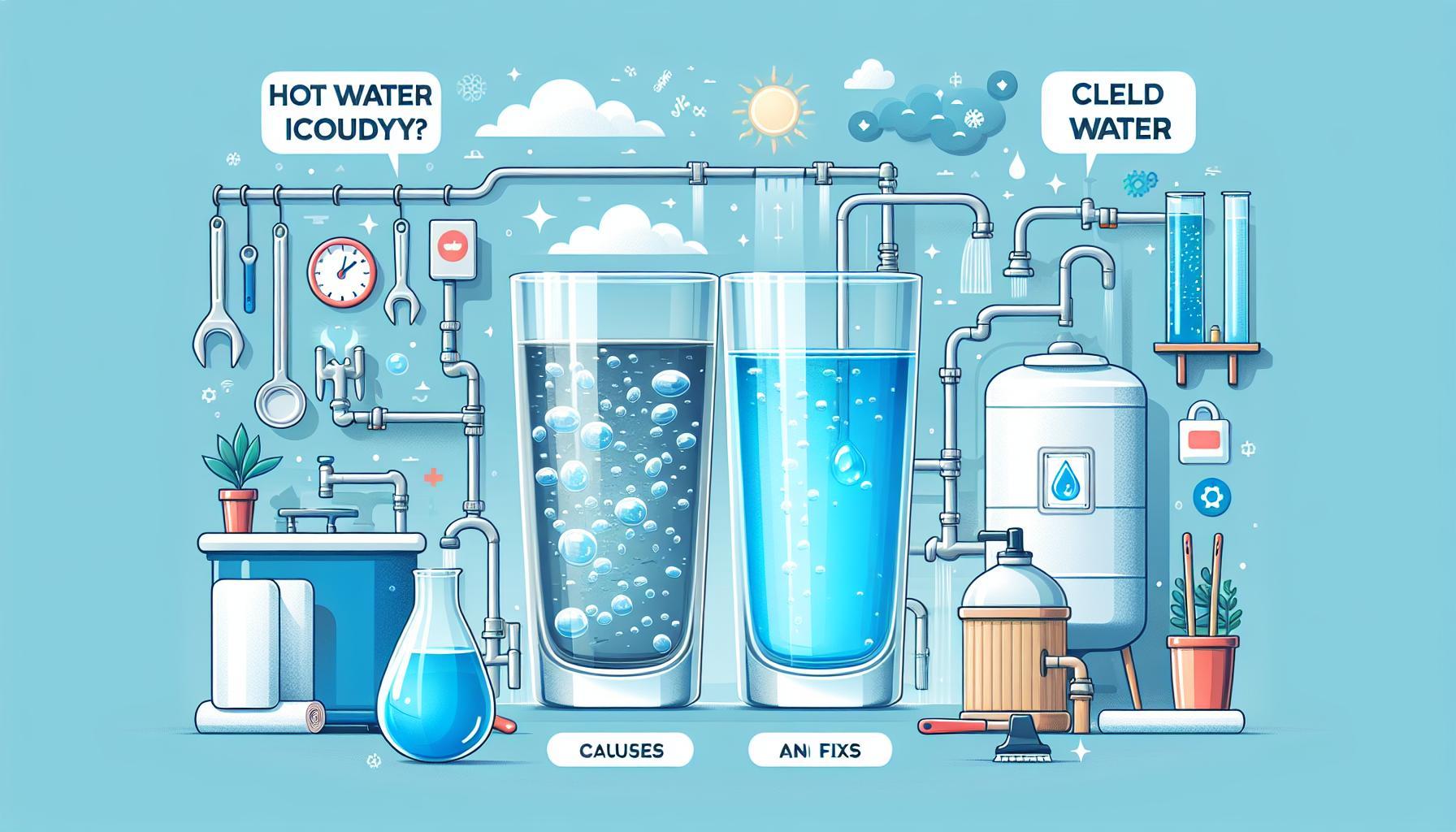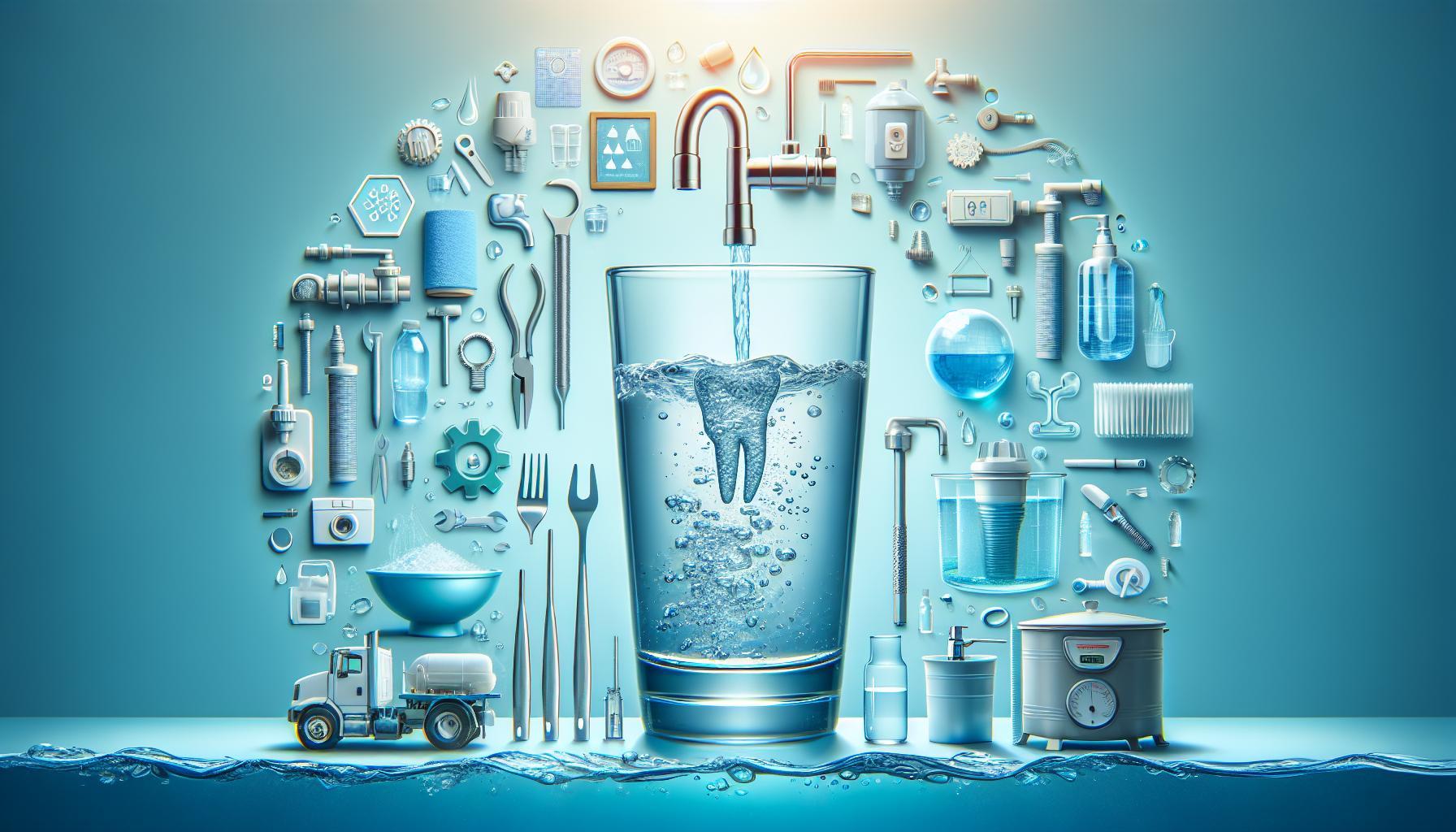Can you quench your thirst with the pristine waters of Lake Tahoe? While the lake’s breathtaking beauty invites many to explore its depths, understanding the safety of drinking its water is crucial for both tourists and locals. This guide uncovers what you need to know to enjoy Lake Tahoe responsibly.
Understanding the Quality of Lake Tahoe’s Water
Though Lake Tahoe is known for its stunning visuals, it takes more than beauty to make its water pristine and safe for consumption. The clarity and purity of this alpine lake serve as both an attraction for tourists and a source of pride for locals. is essential not just for enjoyment but also for the health and safety of everyone in the region.
Water Clarity and Quality Standards
Lake Tahoe’s water is renowned for its striking clarity, which allows sunlight to penetrate deep below the surface—an essential facet of the lake’s ecosystem. The lake’s exceptional clarity is attributed to its low nutrient levels and the filtration provided by the surrounding forested environment. Here’s what you need to know about the quality standards:
- Depth: Lake Tahoe is one of the deepest lakes in North America, reaching a maximum depth of 1,645 feet, which helps in maintaining its cleanliness.
- Low Nutrient Levels: The lake has low concentrations of phosphorus and nitrogen, essential for limiting algae growth.
- Ongoing Monitoring: The Tahoe Regional Planning Agency (TRPA) and other organizations routinely monitor water conditions, ensuring it meets established safety standards.
Potential Contaminants and Safety Measures
While the water is generally safe for recreational activities, it’s essential to remain aware of potential contaminants. Sediment runoff from heavy rains, coupled with human activity, can impact water quality during certain times of the year.
| Contaminant | Sources | Safety Measures |
|---|---|---|
| Pathogens | Animal waste, sewage systems | Avoid drinking untreated water; use purification systems |
| Mercury | Mining activities, atmospheric deposition | Limit fish consumption based on advisories |
| Sediment | Stormwater runoff, construction | Check advisories after heavy rainfall |
By staying informed about Lake Tahoe’s water quality, tourists and locals can make educated decisions about their hydration and safety while enjoying the myriad natural wonders the region has to offer. It’s vital to follow local recommendations, especially regarding water sources, particularly if you’re curious about whether you can drink Lake Tahoe water.
The Importance of Water Safety: What Tourists Should Know
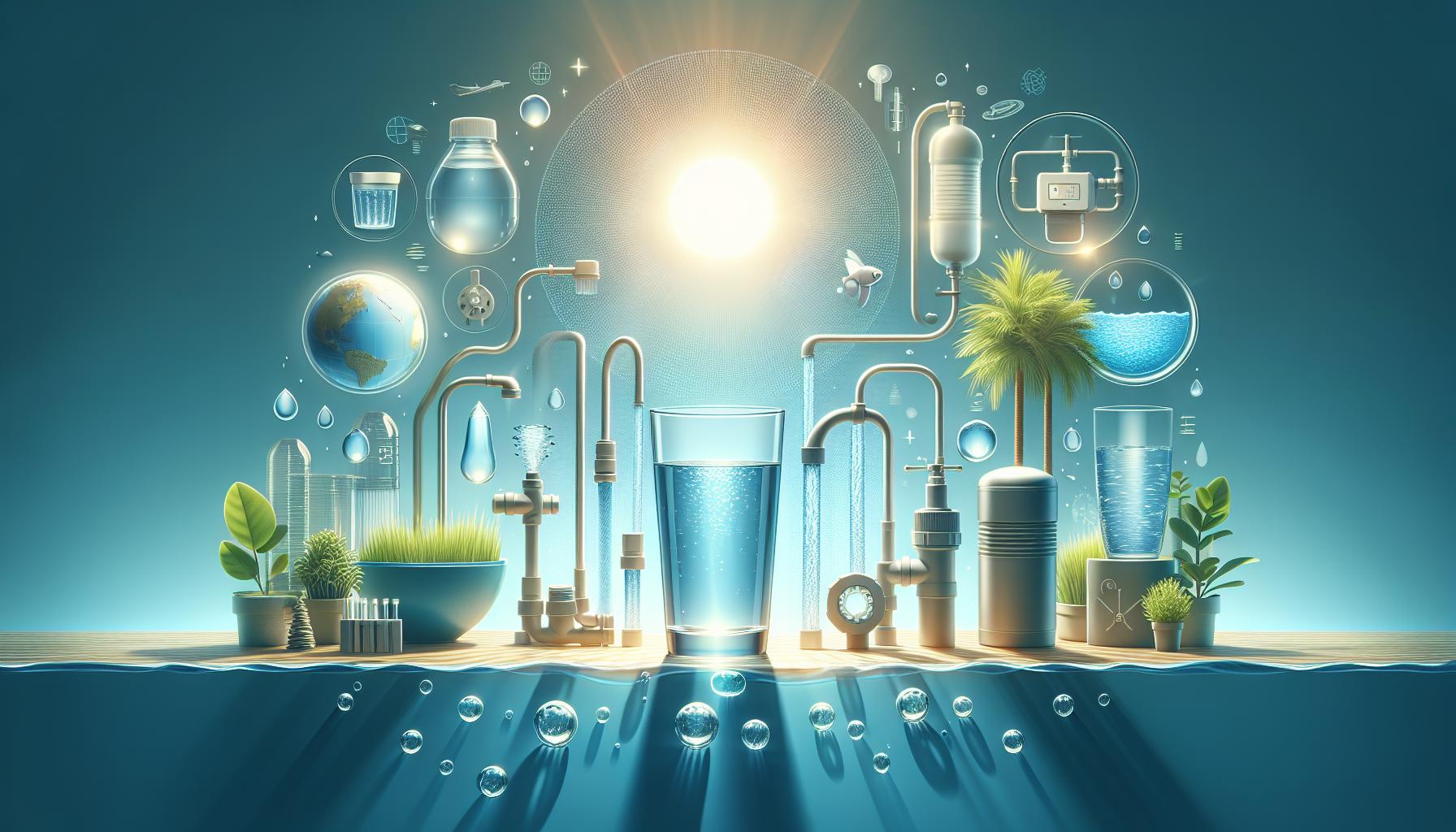
When visiting majestic destinations like Lake Tahoe, the stunning scenery and recreational opportunities can easily captivate tourists. However, as enchanting as the surroundings may be, understanding the importance of water safety is crucial. Tragically, drowning remains the leading cause of death among young children, and even experienced swimmers can face unexpected dangers in open waters or pools. With that in mind, ensuring the safety of yourself and your companions should be a top priority while enjoying this beautiful locale.
Essential Water Safety Tips
To foster a safe aquatic environment, consider adhering to these critical guidelines:
- Supervise Constantly: Always keep a watchful eye on children while they are in or near water. Distractions such as phones or reading materials can divert attention away from potential hazards.
- Avoid Alcohol: Consumption of alcohol can impair judgment and reaction time, increasing the risk of accidents.
- Learn CPR: Being trained in CPR could save a life in emergencies. It’s a skill that everyone should consider acquiring before visiting any water destination.
- Know Your Limits: Recognize your swimming ability and stay within safe depths. If you’re unsure about your skills, wearing a life jacket can significantly enhance safety.
- Secure Water Access: If you have access to private pools or beaches, ensure that all gates are locked when not in use to prevent unsupervised entries.
Understanding Local Water Conditions
Before embarking on any water activities, it’s essential to understand the unique features of Lake Tahoe. With its pristine waters and fluctuating temperatures, newcomers might be unaware of the swift changes in conditions. For instance, breezy days can create waves that may pose challenges even for adept swimmers. Furthermore, the temperature of the water can be significantly colder than expected, leading to hypothermia after just a short period of exposure.
| Water Activity | Recommended Safety Gear |
|---|---|
| Swimming | Life Jacket (especially for children) |
| Boating | Personal Flotation Device (PFD) |
| Kayaking/Canoeing | Helmet and Life Vest |
Emphasizing water safety not only protects visitors while enjoying the breathtaking views but also helps foster a responsible culture around Lake Tahoe’s natural resources. Equipped with this knowledge, tourists can immerse themselves in the experience fully, all while prioritizing health and safety in their outdoor adventures.
Natural Filtration: How Lake Tahoe Keeps Its Water Clean
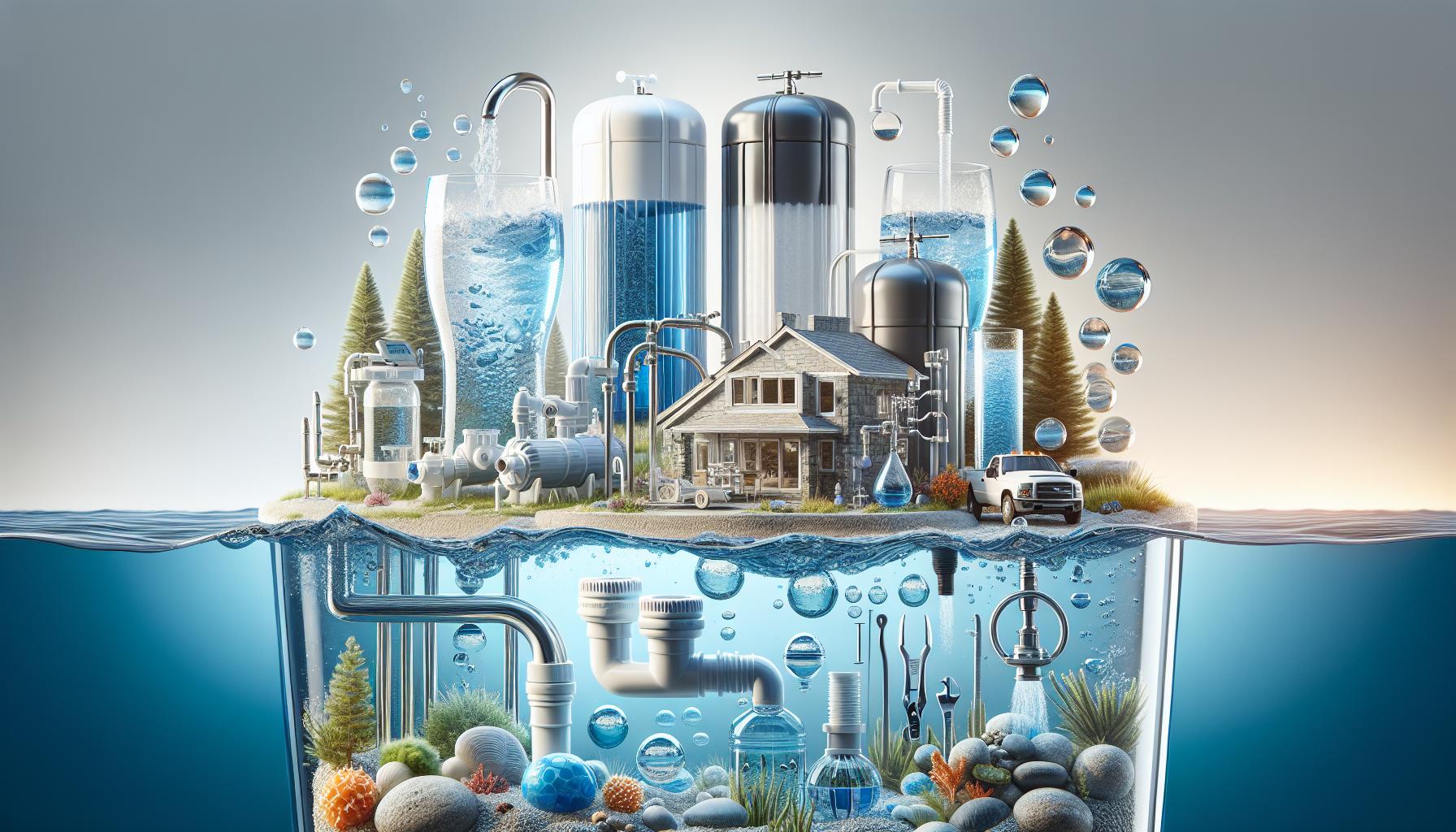
Nestled in the Sierra Nevada mountains, Lake Tahoe is not only renowned for its breathtaking beauty but also for its crystal-clear waters. Interestingly, these pristine waters are the result of a natural filtration process that has evolved over thousands of years, making Lake Tahoe one of the cleanest large lakes in the world. The clarity of the lake, which can exceed 60 feet, is a testament to the effectiveness of its natural filtration system, crafted by both geological features and natural conditions.
How Natural Filtration Works
Lake Tahoe’s unique characteristics contribute significantly to its ability to maintain water quality. The lake’s surrounding basin is primarily composed of granite and other igneous rocks that play a crucial role in filtering water. Rainfall and melted snow seep through the soil and rock, where natural sand and gravel act as a filtration system. This natural process ensures that harmful particles and pollutants are trapped before they reach the lake.
Factors that enhance the filtration process include:
- Low Population Density: With strict development regulations, the area surrounding the lake has limited urban impact, reducing the risk of runoff contaminants.
- Vegetation: The rich variety of plant life around the lake also assists in absorbing nutrients and pollutants from water before it enters the lake.
- Cold Temperatures: The cooler climate slows the growth of algae and bacteria, which can often lead to water quality issues in other bodies of water.
Benefits of Clean Water
Thanks to this natural filtration, Lake Tahoe’s water is often deemed safe for recreation. However, it is vital to remember that while the lake’s water is clean, it’s essential to practice good stewardship and avoid actions that could introduce impurities. Tourists and locals alike should be aware that the same geology that protects the lake’s water quality can also be disrupted by human activities.
To maintain the purity of Lake Tahoe’s water, consider these recommendations:
- Avoid Chemical Use: If you’re landscaping or cleaning in the area, use organic products that won’t leach harmful chemicals into the soil.
- Follow Regulations: Stick to designated trails and areas when hiking or enjoying the lake to minimize disruption to the ecosystem.
- Dispose of Waste Properly: Always use trash bins and properly dispose of any waste to prevent contamination.
By understanding the integral role of natural filtration in maintaining the lake’s clarity and purity, both visitors and residents can make informed choices that contribute to the ongoing health of this remarkable natural resource.
Potential Contaminants: Are There Risks to Drinking the Water?
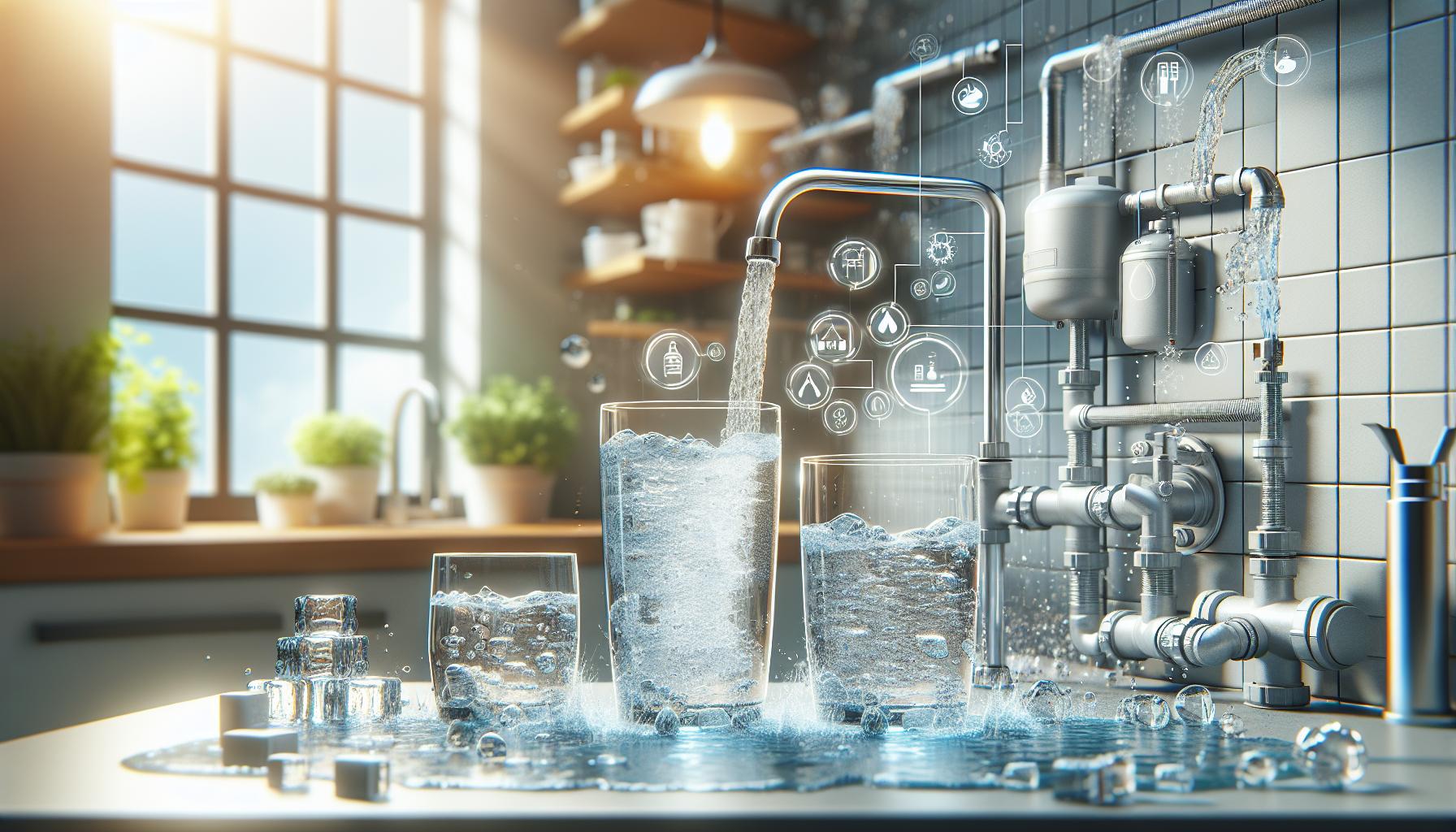
When contemplating the purity of Lake Tahoe’s waters, it’s essential to consider potential contaminants that could pose health risks. While the lake is known for its remarkable clarity and pristine condition, various environmental and human-made factors can introduce pollutants that may compromise water quality. Understanding these risks can play a vital role in ensuring safe drinking water for both locals and visitors.
Types of Potential Contaminants
Lake Tahoe’s ecosystem is delicate, and several different sources of contamination can affect the water quality. Some key potential contaminants include:
- Nutrients: Excess nitrogen and phosphorus from runoff, particularly from urban developments, can lead to algal blooms that degrade water quality.
- Heavy Metals: Trace metals such as lead, mercury, and cadmium may enter the lake through atmospheric deposition and urban runoff, particularly from mining activities in the surrounding areas.
- Pesticides and Herbicides: Agriculture and landscaping practices can introduce harmful chemicals into the watershed, potentially contaminating the water.
- Pathogens: Bacterial contamination can occur due to wildlife waste or poor wastewater management, presenting a risk of gastrointestinal illness.
Assessing the Risks
While these potential threats to water quality exist, it’s crucial to note that Lake Tahoe is monitored regularly to ensure that drinking water remains safe. The Tahoe Regional Planning Agency and local environmental organizations conduct tests to measure levels of contaminants. For tourists and locals considering drinking from the lake, these assessments provide valuable information.
Below is a simplified overview of typical water quality parameters monitored at Lake Tahoe:
| Parameter | Typical Levels | Health Advisory |
|---|---|---|
| Nitrogen | 0.2 mg/L | Safe |
| Phosphorus | 0.005 mg/L | Safe |
| Lead | Non-detectable | Safe |
| Fecal Coliform | Non-detectable | Safe |
Practical Recommendations for Drinking Lake Tahoe Water
While recent assessments indicate that water from Lake Tahoe is generally safe for consumption, it’s always wise to take precautions. Here are actionable steps to minimize risk:
- Consider filtering: Use a portable water filter capable of removing bacteria and protozoa if drinking directly from natural sources.
- Monitor advisories: Check with local health departments regarding water quality advisories, especially during peak tourism seasons or after heavy rains.
- Avoid shallow areas: Steer clear of drinking water from shorelines or areas with evident wildlife activity, as this can increase contamination risk.
By staying informed about the potential contaminants and following safety measures, you can enjoy the natural beauty of Lake Tahoe while ensuring that your drinking water is safe and healthy.
Local Insights: What Residents Use for Drinking Water
Lake Tahoe, renowned for its stunning clarity and pristine beauty, draws not only tourists but also a vibrant community of locals who share a deep connection to its natural resources. When it comes to hydration, many residents have their own tried-and-true practices, reflecting a mix of tradition, modernity, and environmental consciousness. Understanding what drinking water sources locals rely on can provide valuable insights into living in harmony with this remarkable ecosystem.
Primary Water Sources for Locals
Most residents of the Lake Tahoe area primarily use treated municipal water for their drinking needs, drawn from various reservoirs and springs. Here are the common sources:
- Municipal Water Systems: The majority of local homes are connected to municipal water systems, which ensure safe, drinkable water after rigorous testing and treatment processes.
- Filtered Tap Water: Many locals invest in water filtration systems to enhance taste and possibly remove any impurities, even if municipal water is generally safe.
- Bottled Water: Some residents prefer bottled water, particularly for travel or outdoor activities, though this can become an environmental concern due to plastic waste.
Understanding Water Quality
Local governments monitor water quality closely and provide residents with annual reports detailing the safety and cleanliness of tap water. The checks often include tests for contaminants such as coliform bacteria, lead, and nitrates. It’s essential for residents to stay informed about these findings. Below is an example of what a typical water quality report may include:
| Contaminant | Maximum Contaminant Level (MCL) | Detected Level | Standard |
|---|---|---|---|
| Lead | 15 ppb | < 5 ppb | Safe |
| Nitrates | 10 ppm | < 1 ppm | Safe |
| Coliform Bacteria | 0 | 0 | Safe |
Tips for Safe Drinking Water
For newcomers and those considering a more permanent move, it’s essential to adopt practices that ensure safe drinking water. Here are some practical tips:
- Filter your tap water: Consider investing in a water purification system to enhance quality.
- Stay informed: Regularly check your municipal water quality reports and understand any advisories.
- Hydrate responsibly: If using bottled water, opt for brands that utilize eco-friendly packaging.
- Educate others: Share information about local water sources and conservation efforts with tourists and new residents to foster a culture of environmental awareness.
By understanding what residents typically use for their drinking water and implementing safe practices, individuals can truly appreciate the natural treasures Lake Tahoe has to offer, contributing to its preservation for generations to come.
Preparing for Your Visit: Tips for Staying Hydrated on Your Trip
Exploring the stunning landscapes of Lake Tahoe can be a thrilling experience, but staying adequately hydrated during your adventures is crucial. The breathtaking mountain views, pristine waters, and various outdoor activities can make you forget the importance of drinking water. To make the most of your visit, especially if you’re contemplating “Can You Drink Lake Tahoe Water? What Tourists and Locals Need to Know,” follow these hydration tips to keep your body energized and healthy throughout your trip.
Understanding Your Hydration Needs
Before diving into practical tips, recognize that your hydration needs can vary based on a few factors, including the altitude of Lake Tahoe and the activities you engage in. The higher altitude can lead to increased fluid loss, so being proactive is key. To ensure you’re drinking enough water:
- Monitor your fluid intake: Aim for at least 8-10 ounces of water every hour if you are active.
- Listen to your body: Thirst is a signal, but don’t wait for it—drink regularly!
- Pay attention to your urine: A light yellow color usually indicates good hydration.
Easy Ways to Stay Hydrated While Exploring
Here are some practical strategies to maintain hydration while enjoying everything Lake Tahoe has to offer:
- Pack a refillable water bottle: This not only helps you stay hydrated but is also an eco-friendly choice. To enhance the taste, consider adding slices of lemon or cucumber.
- Leverage available resources: Research locations with potable water stations throughout the area to refill your bottle, especially if you’re visiting parks or beaches.
- Keep track of your fluid intake: Use an app or a simple journal to log your water consumption throughout the day.
Hydration Foods for Your Trip
In addition to drinking water, consuming foods with high water content can significantly contribute to your hydration. Incorporate the following items into your snacks or meals:
| Food Item | Water Content (%) |
|---|---|
| Watermelon | 92% |
| Cucumbers | 95% |
| Strawberries | 91% |
| Celery | 95% |
By planning ahead and taking these steps, you can ensure a refreshing and enjoyable visit to Lake Tahoe. Remember, understanding the nuances of water safety and hydration can significantly enhance your experience while exploring this breathtaking region, especially when considering the question, “Can You Drink Lake Tahoe Water? What Tourists and Locals Need to Know.”
Exploring Alternative Water Sources Around Lake Tahoe
The quest for safe drinking water around Lake Tahoe often leads both tourists and locals to consider alternative sources, especially given the ongoing discussions about the potability of the lake’s water. As an alpine lake renowned for its stunning clarity and cold temperatures, Lake Tahoe attracts millions each year. However, relying solely on untreated lake water poses risks due to potential contamination. Thus, exploring various alternative water sources becomes essential for those looking to stay hydrated during their adventures amidst this breathtaking landscape.
Understanding Local Water Supply Systems
Around Lake Tahoe, a network of water supply systems works diligently to provide safe drinking water to residents and visitors alike. Here are some key options:
- Municipal Water Systems: Most towns surrounding the lake, such as South Lake Tahoe and Tahoe City, are connected to municipal water systems, drawing from protected water sources. These systems are regularly tested for contaminants, making them a reliable choice for hydration.
- Portable Water Stations: Various parks and recreation areas near Lake Tahoe offer accessible water refill stations, allowing hikers, bikers, and outdoor enthusiasts to fill their reusable water bottles, ensuring that staying hydrated is both convenient and sustainable.
- Bottled Water: For those who prefer a quick and portable option, bottled water is widely available at local stores and tourist shops. Though it involves more plastic waste, it serves as a practical solution for immediate hydration needs.
Natural Sources and Safety Tips
If you’re considering tapping into natural water sources, it’s important to proceed with caution. Springs and creeks around the lake can provide fresh water, but they come with their own sets of risks. Here’s what to keep in mind:
- Boiling Water: If you find a freshwater source, consider boiling the water for at least one minute to kill pathogens before consumption.
- Filtration Systems: Portable water filters can effectively remove contaminants from natural water sources, making them an excellent investment for hikers and campers.
- Stay Informed: Always check for local advisories related to water quality. Utilizing apps or local web resources that track water safety in real-time can help ensure that your choices are safe.
For those seeking to enjoy nature’s offerings without compromising on health, understanding where and how to find reliable water sources around Lake Tahoe is crucial. This not only promotes a healthy lifestyle but also enhances the overall experience of this beautiful region, allowing you to focus on making memories rather than worrying about hydration.
The Impact of Environment and Tourism on Water Purity
Lake Tahoe, renowned for its stunning blue waters and scenic landscapes, is a hotspot for tourists seeking outdoor adventures. However, the purity of its waters is influenced not only by natural factors but increasingly by human activities. With millions of visitors flocking to the region every year, understanding the relationship between tourism, the environment, and water quality has never been more critical.
Human Impact on Water Quality
Tourism brings economic benefits to Lake Tahoe, but it also poses significant risks to the local ecosystem. The influx of visitors leads to increased development, pollution, and resource consumption. Here are some key factors to consider:
- Runoff Pollution: As rainwater flows over streets and parking lots, it carries oils, heavy metals, and trash directly into the lake.
- Invasive Species: Tourists moving from one body of water to another can unintentionally introduce non-native species that threaten local biodiversity.
- Foot Traffic and Soil Compaction: Heavy foot traffic in certain areas can damage vegetation and contribute to soil erosion, leading to sediment runoff that clouds the water and affects aquatic life.
In response to these challenges, local organizations and environmental agencies are actively working on programs designed to mitigate the impact of tourism. For instance, initiatives that encourage responsible recreation and sustainable practices have been launched, focusing on educating both tourists and locals about maintaining the natural beauty and purity of Lake Tahoe’s waters.
Preserving Water Quality: Actions for Tourists and Locals
To ensure that visitors can enjoy clean and safe waters, individuals can adopt several actionable strategies:
- Follow Local Guidelines: Be aware of and adhere to local regulations regarding waste disposal and camping.
- Stay on Designated Paths: Prevent soil erosion and damage to native plants by sticking to marked trails.
- Participate in Clean-Up Events: Engage in community efforts to remove litter and other pollutants from the lake and its surroundings.
- Use Eco-Friendly Products: Opt for biodegradable soaps and shampoos when engaging in water-related activities.
By implementing these tactics, both tourists and locals can play an instrumental role in protecting the pristine waters of Lake Tahoe, ensuring that this breathtaking destination remains a safe place for future generations to enjoy. After all, the question of whether you can drink Lake Tahoe water extends beyond personal safety; it encompasses environmental stewardship and the shared responsibility of all who cherish this natural wonder.
Frequently Asked Questions
Can You Drink Lake Tahoe Water?
Lake Tahoe water is generally not safe to drink directly. While the lake is known for its stunning clarity and beauty, it is not treated for drinking purposes. Tourists and locals should always use filtered or bottled water for drinking and cooking.
The water in Lake Tahoe is naturally clear, but it can contain bacteria and other contaminants. Additionally, heavy rains can wash pollutants into the water, making it unsafe. Always check local advisories for updates on water quality.
What Should Tourists Know About Drinking Water at Lake Tahoe?
Tourists should avoid drinking untreated water from Lake Tahoe. It’s important to know where safe drinking water is available and to bring enough for outdoor activities.
Most visitors opt for bottled water or use filtration systems for any water drawn from the lake. Local restaurants and businesses offer filtered water, ensuring you stay hydrated while enjoying the area. For more information on local water sources, check the local water sources.
Why Does Lake Tahoe Water Quality Vary?
Lake Tahoe water quality can vary due to environmental factors. Changes in rainfall, snowmelt, and human activity can influence the water’s safety for consumption.
Heavy storms can introduce pollutants, while the seasonal melting of snow might affect nutrient levels. It’s critical to stay informed about any advisories regarding these fluctuations.
Can I Swim in Lake Tahoe Water?
Yes, you can swim in Lake Tahoe, but be cautious. While swimming is generally safe, it’s best to avoid swallowing the water.
Swimming spots are monitored, but always observe local guidelines. Remember that water temperatures can be quite cold, so be prepared for that if you plan to swim. For a list of popular swimming areas, check out this swimming areas guide.
How Can I Ensure the Water I Drink is Safe?
You can ensure your drinking water is safe by using filtration systems. Bottled water is also a reliable option if you’re unsure about the lake’s quality.
Many visitors carry portable water filters or use UV purification devices while camping or hiking. This ensures they have access to clean water wherever they go.
What Alternatives Do Locals Use for Drinking Water?
Locals typically rely on filtered municipal water supplies. Many households use water delivery services or home filtration systems to ensure safety.
These methods help remove impurities found in tap water. It’s a great practice for both health and taste, given Lake Tahoe’s diverse environmental factors.
In Conclusion
In conclusion, while Lake Tahoe’s pristine waters may be tempting, it’s essential to exercise caution. Though it’s generally safe to enjoy the lake’s beauty through swimming and recreation, drinking untreated water is not advisable due to potential contaminants. Always opt for filtered or bottled water to ensure your health and safety. By staying informed and prepared, both tourists and locals can fully enjoy the lake’s wonders without unnecessary risks. We encourage you to explore further tips on water safety and local recommendations to make the most of your Lake Tahoe experience. Your adventure awaits—stay safe and dive into the beauty of this incredible destination!

